|
The state of Montana stretches across 147,000 square miles, encompassing Glacier National Park and numerous national forests. Its wide-open spaces offer panoramic views of the big sky, giving it the nickname “Big Sky Country” and making it a welcome sight after a summer in expansive Alaska. We had spent time in the 41st state on tour with the Commemorative Air Force, but we hadn’t visited with our fifth wheel. Wanting to put Montana on our RV map, we made a point to stop there for a week in Missoula, in the western part of the state. The scenic drive down from Canada took us around the enormous Flathead Lake and past wild bison, deer, and turkeys. Missoula features Fort Missoula, which dates back to 1877; Hiawatha Trail, a 15-mile downhill bike trail through nine train tunnels and across seven trestles (closed when we were there); breweries; museums; and a whole lot more. It’s famous for trout fishing, as well as a few other things you might not be aware of: 1. Smokejumping Missoula has a long history with firefighting and smokejumping, dating back to 1919, when the city started engaging in patrolling fires from the air over national forests in the western states. Since that time, the practice has progressed to include dropping teams of “smokejumpers” into areas near fires to fight them. We went to the Smokejumper Visitor Center for a tour to learn more about this fascinating aspect of Montana history and were not disappointed. Displays provided information and visuals about the equipment needed to parachute into a fire area to put it out. Jumpers, who sometimes land in trees instead of open spaces, have to carry more than 100 pounds of supplies with them for the first 24 hours. Modern parachutes provide more firefighter control than early models did, giving jumpers better chances of landing in open areas. Additional supplies, including firefighting tools and rations for 48 hours, are dropped in after firefighters reach their targets. The tour included walking through the working smokejumper facility and seeing where parachutes are packed, where firefighters sew their own gear, where parachutes are tested, and more. Part of the U.S. National Forest Service, the Smokejumper Visitor Center tour is free and well worth it if you find yourself in Missoula and have an hour to kill. 2. Mountain Flying Although Idaho holds the title for the first smoke jump, Montana is the birthplace of mountain flying. Missoula’s Museum of Mountain Flying pays homage to that heritage. Featuring aircraft, vehicles, displays, photos, and artifacts, the hangar honors and preserves the history of the Johnson Flying Service from the 1920s to the 1970s for a reasonable price: $4 for adults and $10 for a family. The centerpiece of the museum is a 75-year-old restored and airworthy C-47 dubbed “Miss Montana.” Although the airplane never saw combat during WWII, it holds a special place in the hearts of many Montanas for its rich history in smokejumping — including the Mann Gulch Fire of 1949 — and transporting cargo and civilians. The plane also took part in the 75th anniversary of Normandy. You can even watch a film about the restoration process to make that happen. 3. Bison Roaming Another interesting thing to see in the Missoula area is the Bison Range. Montana’s wide-open spaces allow plenty of room for bison to roam. We made an hourlong trek outside the city to the range to check it out. A $20 per-vehicle fee gives visitors the option to drive the two-hour combined Mountain Drive and Prairie Drive or the out-and-back Prairie Drive alone. Unfortunately, we arrived too late to tour the higher Mountain Drive, where we can only guess more animals wandered closer to the road than they did on the Prairie Drive. Although we saw some bison and deer, the experience paled in comparison to how close we were able to get to wildlife on the Alaska Highway. Having grown up hearing about buffalo, we couldn’t help but wonder about the difference between bison and buffalo. You may be wondering too. Suffice it to say that any animal you come across in the U.S. that you think is a buffalo is actually a bison. Buffalo are native to Asia and Africa. Bison, characterized by a big hump on their backs, graze in North America and Europe. They’re also larger than buffalo. (Think water buffalo for comparison.) 4. Carousel Designing Carousels are common attractions around the world. What makes A Carousel for Missoula special is the story behind it — and its speed. It’s by far the fastest carousel I’ve ever ridden on. There’s a good reason they make you buckle in on your animal of choice.
Initiated by a Missoula cabinet maker, A Carousel for Missoula is a testament to volunteerism at its finest. Over a four-year period, the cabinet maker and several wood carvers, mechanics, painters, and artists donated more than 100,000 hours to create a masterpiece. The community got involved too. Schoolchildren collected more than 1 million pennies to pay for four ponies. Housed in a building downtown near Clark Fork River to protect it from the elements, the carousel delights children of all ages. Rides are $1 for children and $2 for ages 12 and up. You might also like Investigating Idaho, the Country’s 43rd State.
5 Comments
After two days of hearing birds prance across our roof, we had had enough. I climbed on top of our fifth wheel to assess the damage. Surprisingly, I found nothing but a couple of bird droppings. So much for my birds-on-the-roof theory. Immersing myself in my work, I forgot about the noise disturbance. Later that day, however, we heard a chewing sound inside our trailer and froze to try to determine its origin. It seemed to be coming from the in-floor heater vents. We had eradicated a couple of mice earlier in the week. This new gnawing sounded louder and more damaging than mice, like the rat that chewed through the ABS pipe under the kitchen sink in our sticks-and-bricks house. That varmint caused much water damage and left us with a makeshift kitchen for about four months. It seemed evident we had an unwanted RV guest. Finding the Culprit Being parked in a campground in Alberta, Canada, surrounded by trees, birds, and squirrels, we concluded we had somehow acquired a squirrel. Having seen movies that portrayed squirrels jumping at people’s faces, the thought of finding the creature inside our rig put me on edge. After the chewing noise dissipated, we exited the trailer in search of potential entry points. Finding a few obvious places large enough for a small squirrel to pass through, we spent a couple of hours sealing them, believing the rodent had departed. The next day, a red squirrel perched in a tree outside our window, confirming our belief that it had vacated our rig. Looking directly at our window and baring its teeth, Twitchy, as we named the creature, loudly voiced his disapproval, chattering at us for several minutes. I wish I had snapped a picture of him then, but the squirrel scurried off before I got my camera ready. Planning for a Long-Term Stay We went outside to watch as Twitchy leapt from branch to branch and dashed down a tree trunk. He returned and bolted under our trailer. We bent down to see where he went and found no squirrel in sight. But then we heard him moving around inside the bottom of our rig, underneath the floor. Twitchy still managed to find a way in. While pounding on the exterior wall of the trailer and then the underbelly to try to encourage Twitchy to leave, Bob heard something move. It appeared the squirrel had stashed some precious cargo inside our rig in anticipation of the coming winter. We hoped the gnawing noises we had heard were from Twitchy chewing nuts or seeds he hid in the rig and not our pipes or wires. Thankfully, squirrels are transient creatures, storing goods in multiple holding places for the best protection from predators. Twitchy left our rig just as quickly as he had entered and moved on to another hiding spot. We heard Twitchy inside our rig again the next day, but by the time we left the campground the day after, all evidence of Twitchy’s presence with us had been erased — well, as far as we know. We couldn’t hear any nuts rolling around under our trailer floorboards from the cab of the truck.
Avoiding a Potential Mishap If the squirrel had truly taken up residence under our floor, getting him out would have proven challenging. It would have required cutting the protected underbelly of our rig to try to find the varmint, with no guarantee that we’d cut into the right spot. And if Twitchy had been in there for a while, he might try to get deeper into the rig, like into our living area. In our first four years of full-time RV living, we didn’t know squirrels could get inside an RV. After this encounter, I found an article that told the story of a squirrel that had chewed its way into a man’s RV living space. The same article gave tips to rid an RV of squirrels: apple cider vinegar, peppermint oil, or dryer sheets. We didn’t try any of those things because we weren’t sure where to put them, nor if they’d work. We didn’t think we’d see much wildlife after our return trip on the Alaska Highway. Clearly, we thought wrong. We’re thankful Twitchy didn’t do any obvious damage and that he’s in our distant past (pun intended). You might also like Attack of the Killer Cardinal. Trumpeter swans descend for landing, skiing across the water as they touch down. A moose wades into the lake past its knees to munch on aquatic plants, seemingly oblivious to anything around it. Ducks dip their heads into the water and disappear, popping up elsewhere. These are a few of the sights we were blessed to witness while boondocking in our fifth wheel RV in the great state of Alaska. We fell in love with the 49th state’s incredible beauty, serenity, and magnificence. Before we set out on our RV trip to Alaska, we wrote down five things we wanted to experience there: glacier calving, dog mushing, whale watching, northern lights, and the Arctic Ocean. We also thought it would be nice to observe a salmon run, catch some Alaska-size fish, and visit with family in the area. I’m proud to say we accomplished all those things in one truly amazing summer. Not all of the five “high-priority” items made it to our list of favorite things about our summer in Alaska, but we’re glad we experienced them. After much thought and consideration, we agreed these were our five favorites, in no particular order: 1. Trip to the Arctic Making a trek up the Dalton Highway to the Arctic Ocean was a truly unique experience. It took us through a snowy mountain pass, gave us a chance to witness the midnight sun, and exposed us to the tundra and native sounds. We enjoyed driving the isolated road, following the Alaska pipeline, and dipping in the frigid Arctic Ocean (just so we could say we did it). Our favorite part about this experience was staying in a hotel in Deadhorse and briefly immersing ourselves in the lives of pipeline workers. It gave us a greater appreciation for them and the hard work they do. 2. Remote Cabin With 571,000 square miles of land and a population of 733,583, according to the U.S. Census Bureau, Alaska is the least densely populated state, offering numerous opportunities for remote living. It’s not uncommon to meet someone there who has a cabin in the woods. The state even offers more than 300 remote cabins for public use, according to Alaska.org. Perhaps what’s most unique are the cabins that are only reachable by boat, seaplane, or snow machine (as snowmobiles are called in Alaska). It doesn’t get much more remote than that. We had the privilege of visiting one such cabin with my cousins. Having watched a number of survival shows, we felt like we were in a movie. We liked the adventure so much that we considered buying one of the cabins nearby. 3. Proximity to a Calving Glacier Alaska is home to around 100,000 glaciers, according to Alaska Kids. Of those, only 650 or so have been named. The named glaciers are generally easier to get to and see. We put eyes on Matanuska Glacier, Portage Glacier, and Worthington Glacier, among others. While observing the immenseness and mystery of Columbia Glacier, the largest in Prince William Sound, from about a quarter of a mile away, we watched it seemingly throw itself into the water below, creating a thundering crash and making waves. One section would tumble into the water. Many minutes would pass, and another section would fall. We spent about an hour at the glacier, making for an incredible experience. 4. Valdez Our glacier-calving encounter took place while on a boat tour from Valdez, an absolutely beautiful place. The more than two-hour drive into the city provides breathtaking views of mountains, glaciers, rivers, and waterfalls. That served as the “cake” of our wonderfully enjoyable time there. Viewing the salmon run, catching Alaska-size fish one after another, and taking the boat tour to spot aquatic wildlife and the Columbia Glacier were the icing. Camping with our back window overlooking Port Valdez gave us a nice, picturesque bonus. We’re really glad so many people we talked to raved about Valdez. 5. Northern Lights Experiencing the northern lights is a lifetime dream for many who aren’t privy to their seasonal wonder. The conditions have to be just right for the naked eye to capture this amazing phenomenon: darkness, clear skies, solar activity, and the right time and place. Seeing the lights is more common in some areas than others.
We’re super fortunate to have been able to witness the aurora borealis on our summer trip to Alaska. We nearly missed the spectacular display. In fact, we tried to catch the splendor again on a clear night two days after our first sighting, but two hours of watching the sky yielded nothing. Every time I think about the night we caught the natural light show, I can’t help but smile. It was a truly magnificent experience. In addition to these five favorite things about our summer in Alaska, we enjoyed gold panning, touring an ice museum, and seeing areas of the state that many tourists don’t visit. What a fabulous summer! You might also like Is a Trip to Alaska All It’s Cracked Up to Be? The wonder of the northern lights, or aurora borealis, has been captivating people for millennia. When electrically charged particles from the sun slam into gases in Earth’s upper atmosphere, they create sparks of colorful light. When billions of these collisions happen one after another, they make waves that look like they’re dancing. These dancing waves are most visible in northern latitudes, such as Alaska and Canada. I knew that seeing the northern lights during a summer visit to Alaska wasn’t likely. After all, you need darkness to witness this phenomenon, and it doesn’t really get dark in Alaska in the summer. But we watched a video in which an Alaska visitor glimpsed the northern lights one night in September on his way back home. We had planned to leave Alaska in September, so that gave me hope. Generally speaking, the best times to view the aurora borealis are between late August and mid-April on clear nights between 10 p.m. and 2 a.m. Third Time’s a Charm After two failed attempts to witness the northern lights while camped 20 miles south of Tok, Alaska, in late August, I didn’t have much hope of spotting them. I did my due diligence anyway and checked the weather forecast for a clear night for yet another opportunity. That chance came our first night out of Alaska, in Destruction Bay, Yukon. The forecast called for mostly clear skies between 11 p.m. and 1 a.m. Tired from a wind-induced, sleep-interrupted night before, I just wanted to go to bed for the night. Knowing this might be my last opportunity to see the spectacular display, however, I set my alarm for midnight. At 11:45 p.m., I woke up for some reason. Although tempted to go back to sleep, I decided to get up and peek out the windows. That way, I could return to bed for the night. With our bedroom slide closed for our overnight stop at a pullout off the highway, I had to crawl over Bob to get to the window, waking him in the process. Glimpsing out, I saw a full moon lighting up the night sky and the lake beneath it, seemingly nullifying my chances of viewing the aurora borealis. I decided to check another window anyway, facing what I thought to be north. All I saw there was a cloud with the moon reflecting off of its outer edges. As I stared at the cloud, I noticed a greenish hue. “I think I see them!” I told Bob. He looked and agreed we had spotted the northern lights. We went outside in our bare feet for a better view. As soon as we passed the front of our trailer and looked to our left, any doubt disappeared. Cloudy wisps of light emanated from the horizon, dancing in slow motion to create amazing shapes and sights. The longer we watched, the more the lights changed, stretching across the sky. A Divine Appointment After flashing a few pictures using the night sight setting on my phone for longer exposure, we returned to the warmth of the trailer. Still enamored, we continued peering out our northern-facing window, enjoying the light show that lasted about 15 minutes. Looking out the window I had originally peeked out showed no signs of the lights. Had I not awakened until my alarm went off, I would have completely missed the magnificent display. I believe God woke me up to see the amazing presentation I had been longing to witness, a reminder that he cares about the little things in our lives. I’m grateful I didn’t go back to sleep until my alarm went off. We had thought the sky had to be completely dark in order to see the northern lights, but the brightness of the moon busted that theory. It was as if our trailer created the dividing line between the full moon over an expansive lake and the aurora borealis shimmying across a starlit canvas: two pictures in one sky on the very same night. The spectacle left us in utter awe, huge smiles beaming across our faces. I found it difficult to sleep after that. What an amazing experience! I’m glad God woke me up when he did.
You might also like 5 Amazing Things to See on the Alaska Highway. |
AuthorThis is the travel blog of full-time RVers Bob and Lana Gates and our truck, Gulliver, and fifth wheel, Tagalong. Categories
All
Archives
July 2024
|
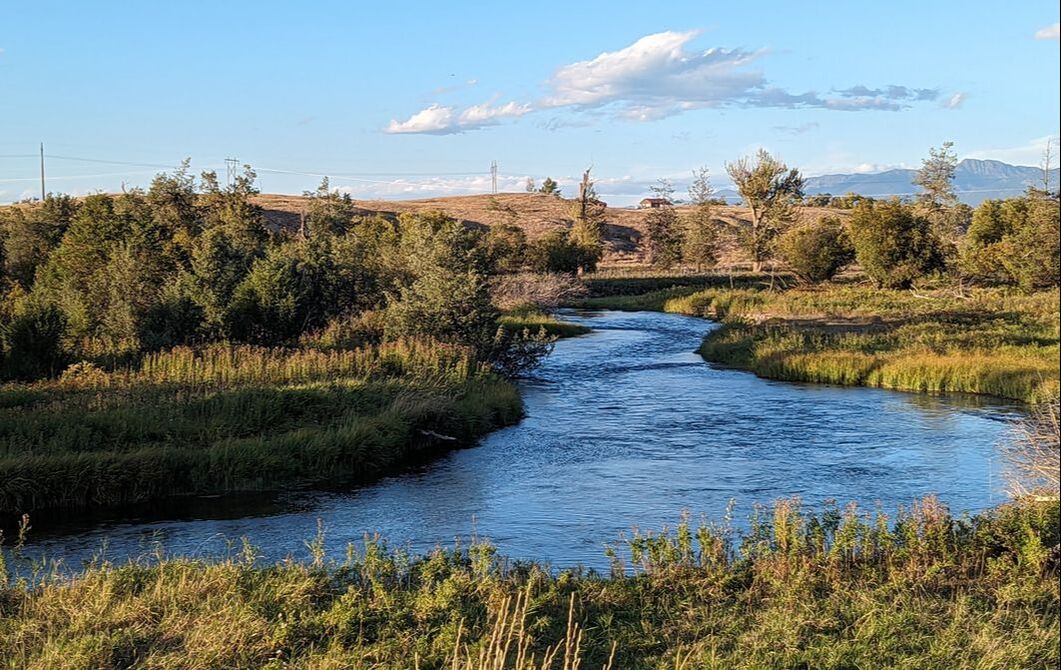
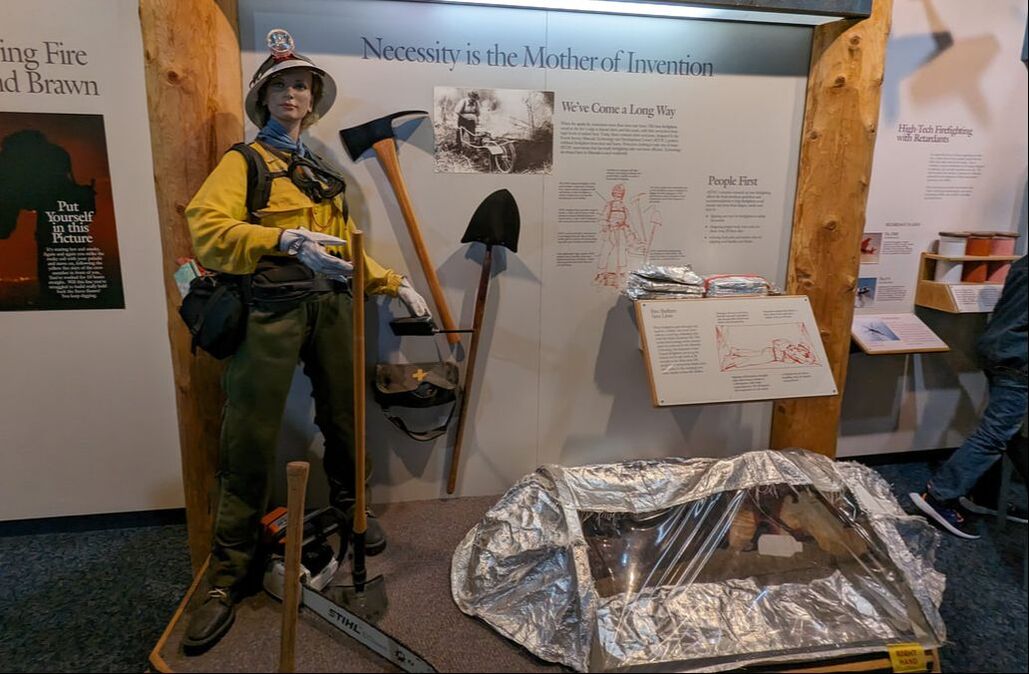
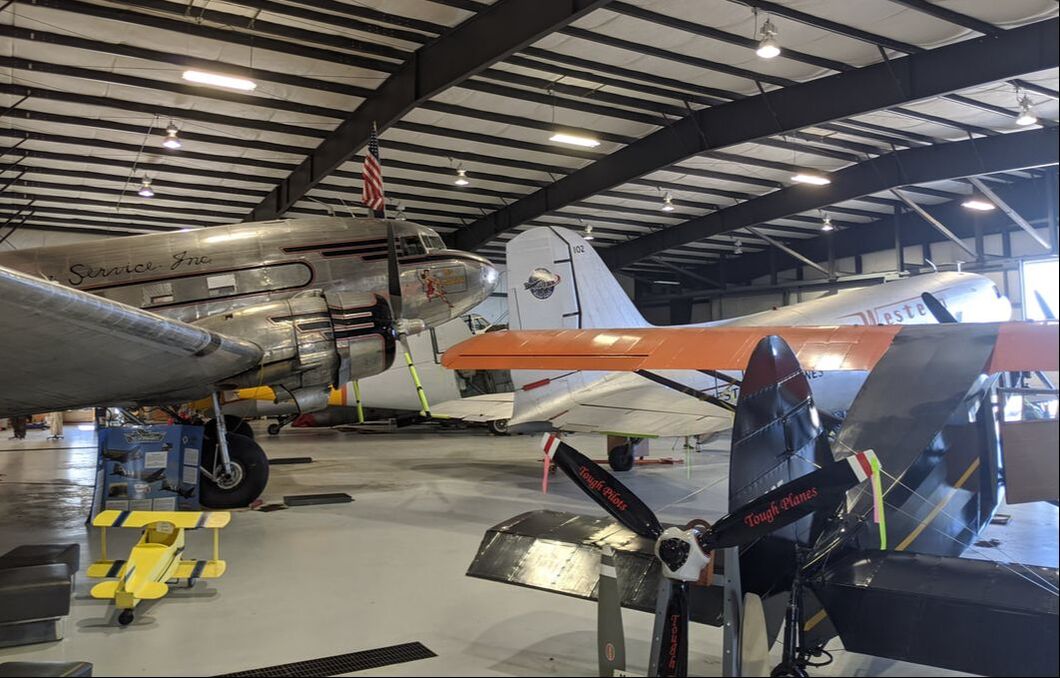
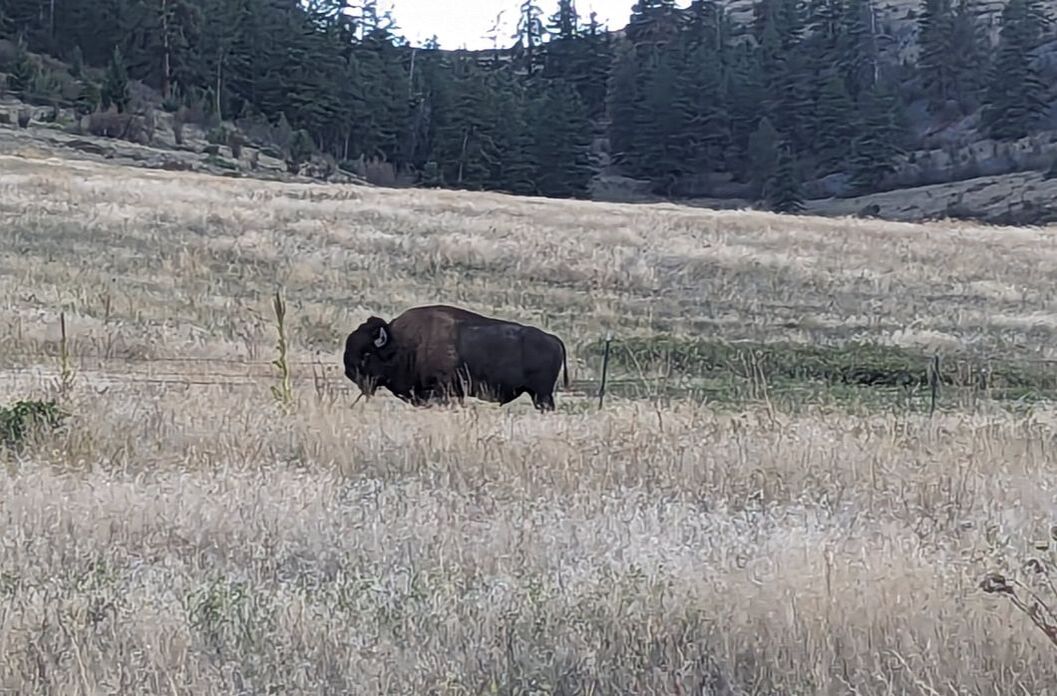
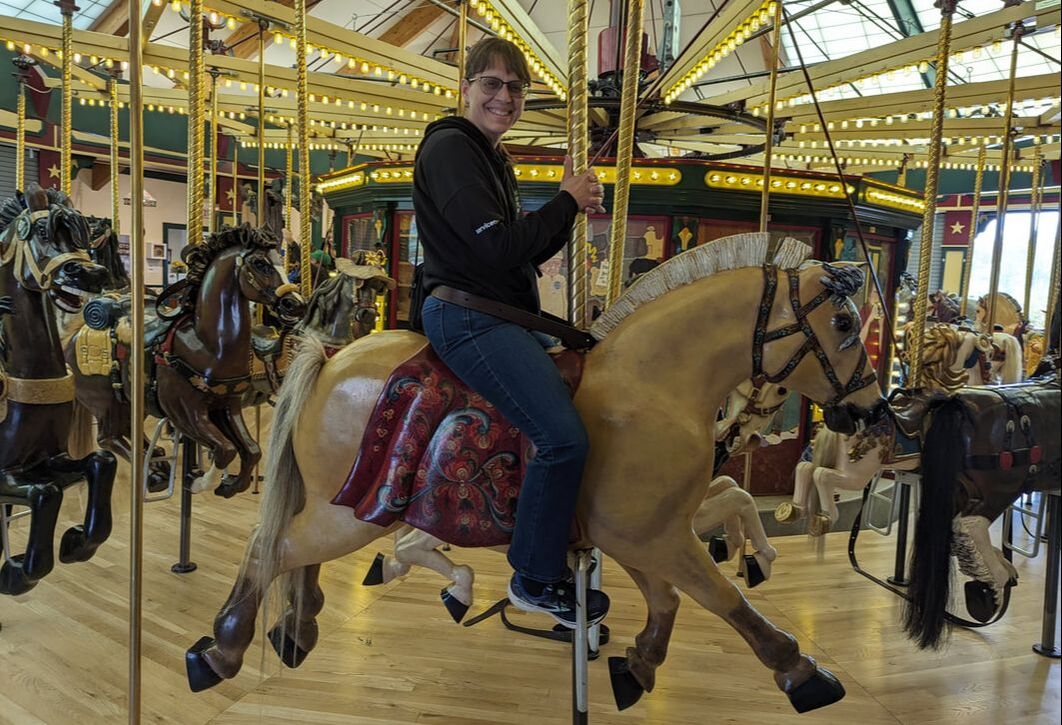
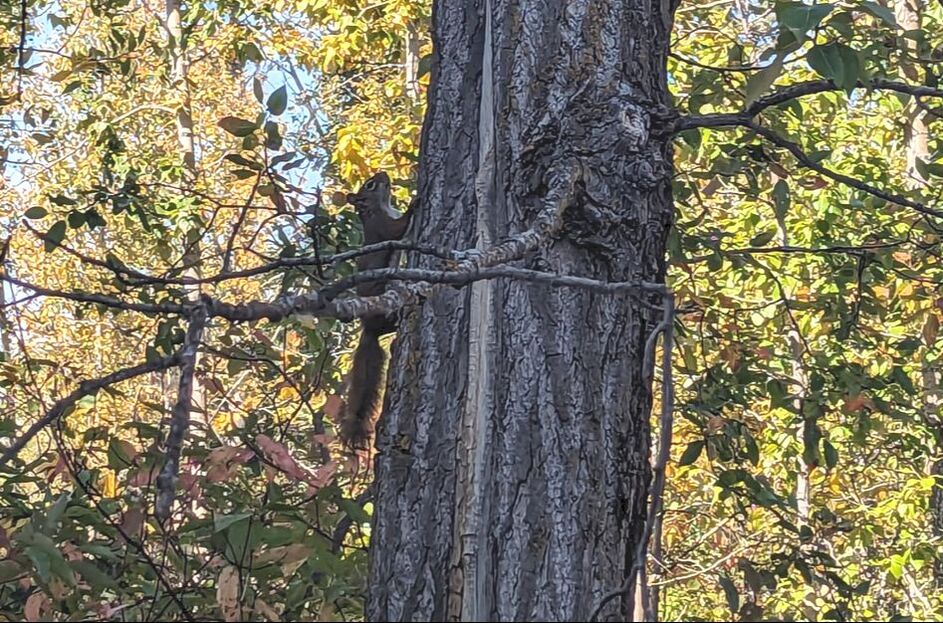
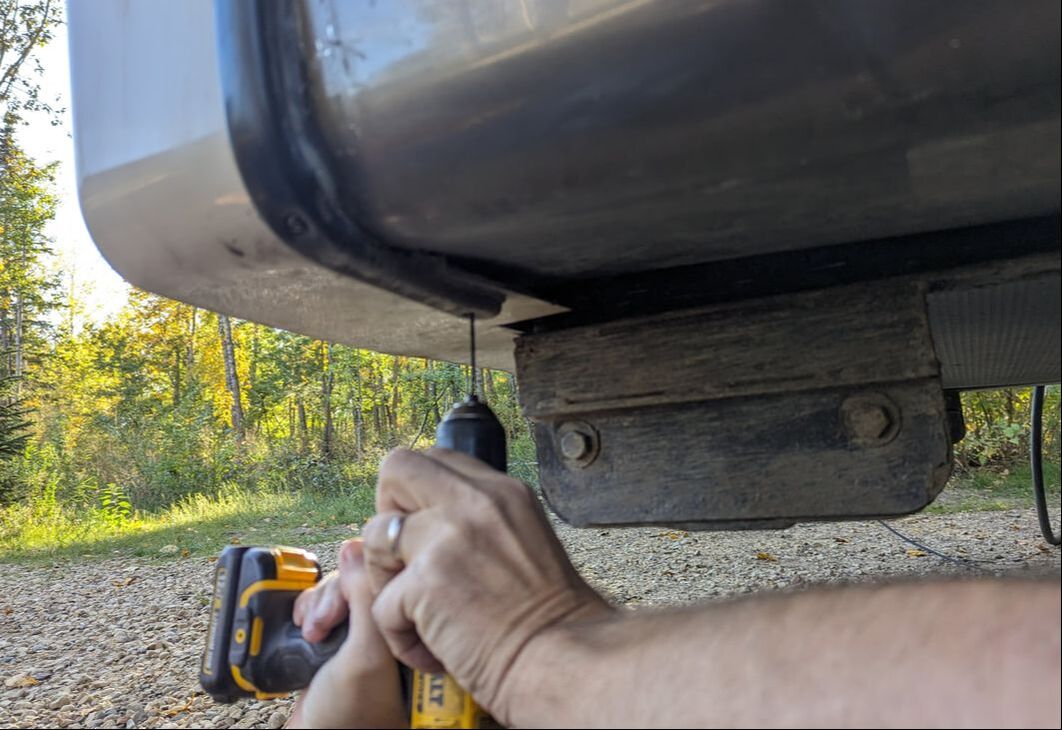
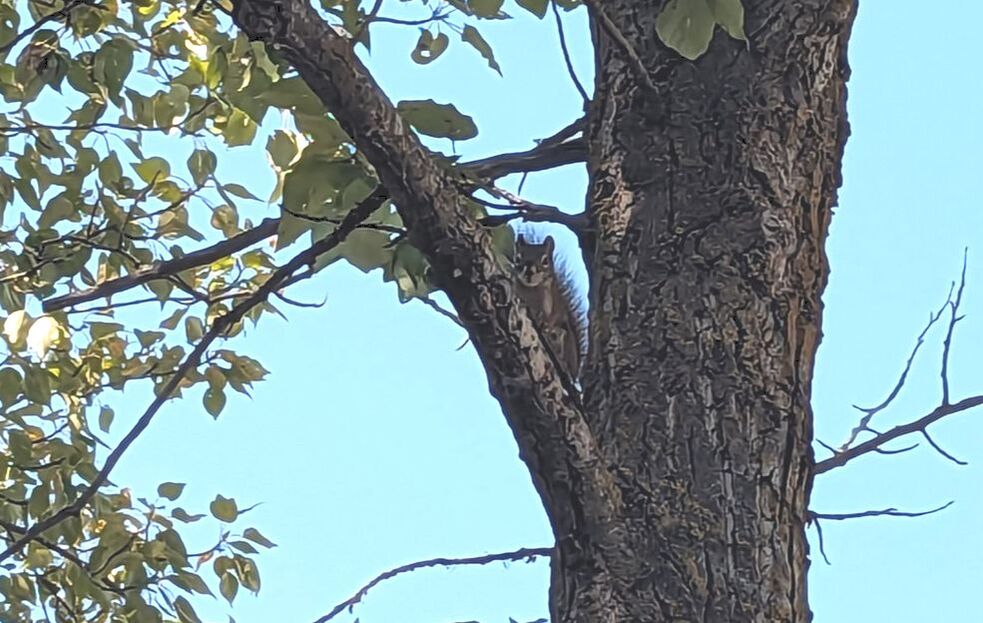
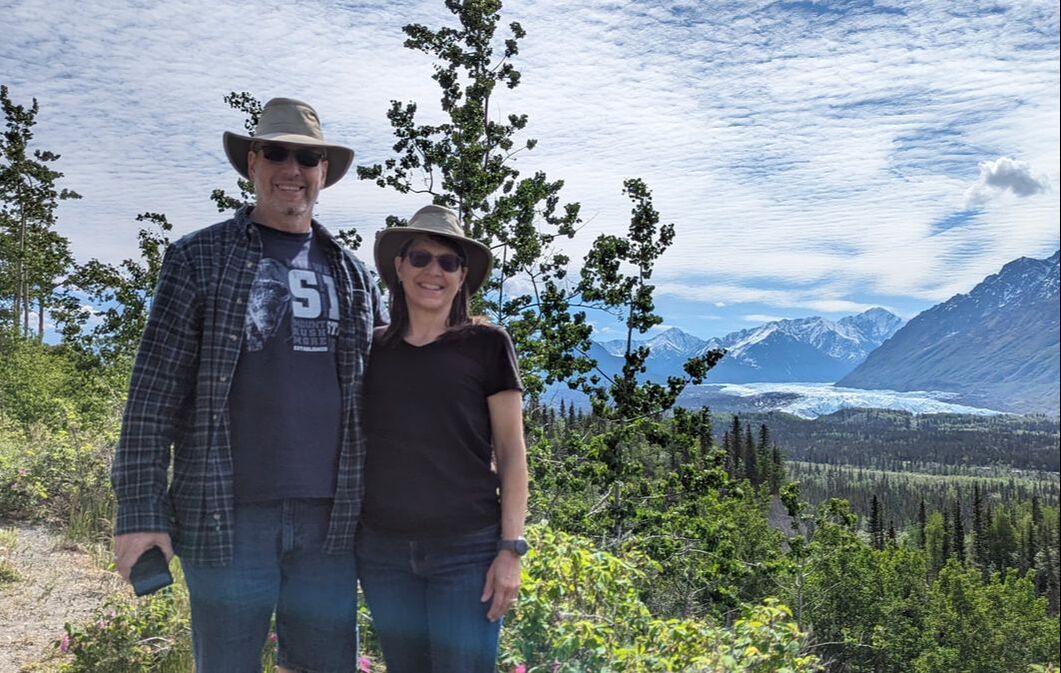
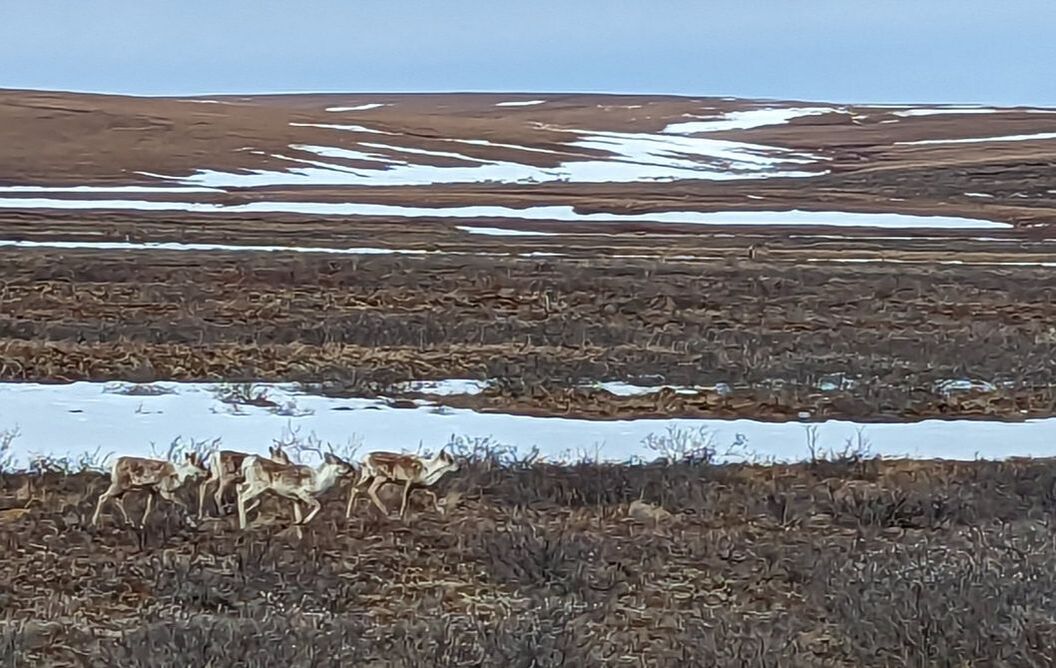
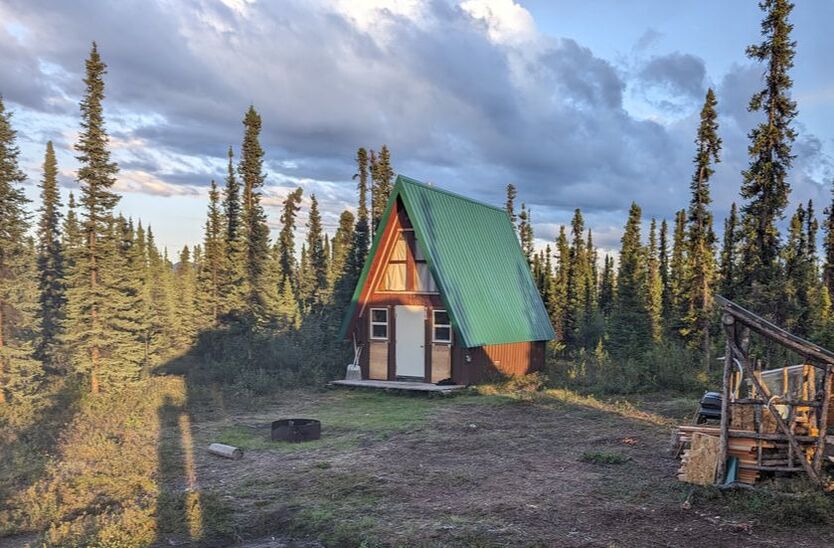
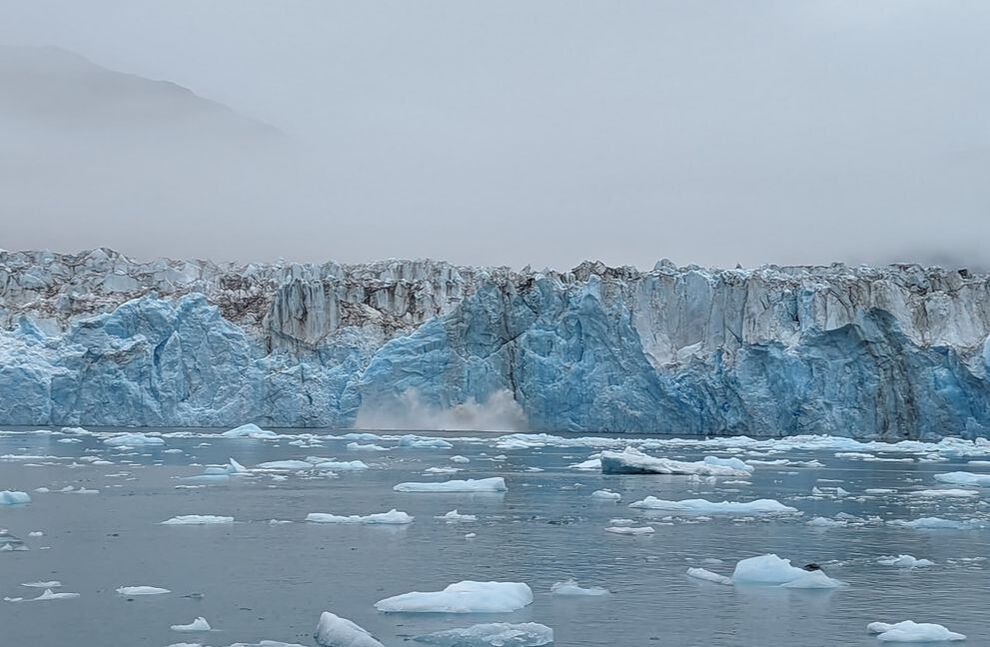
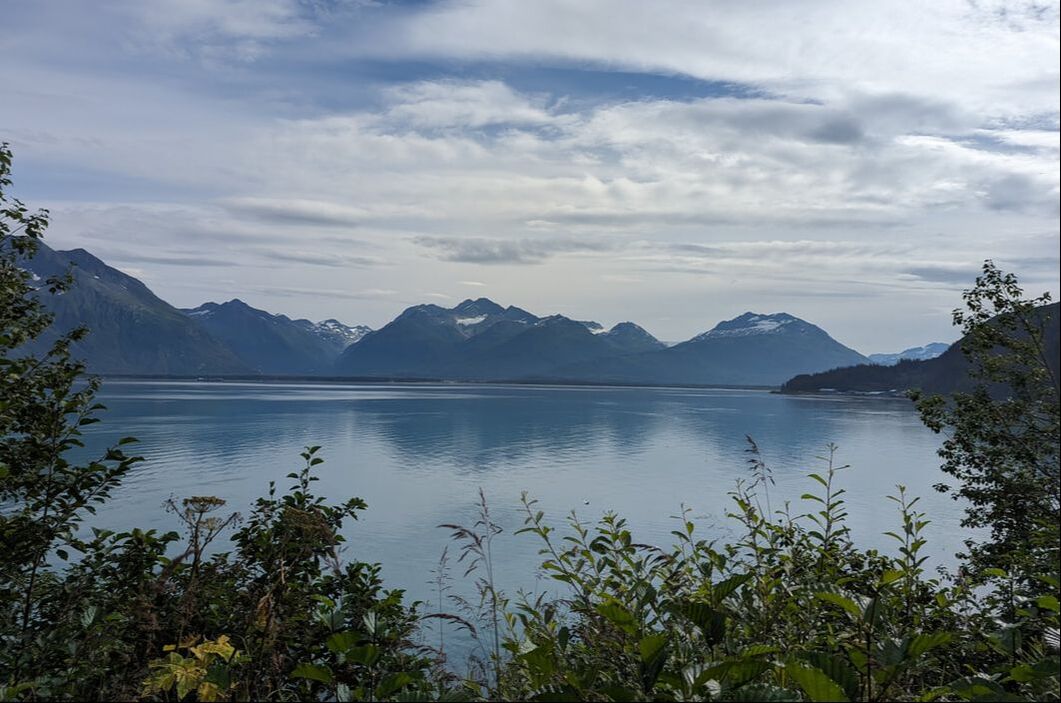
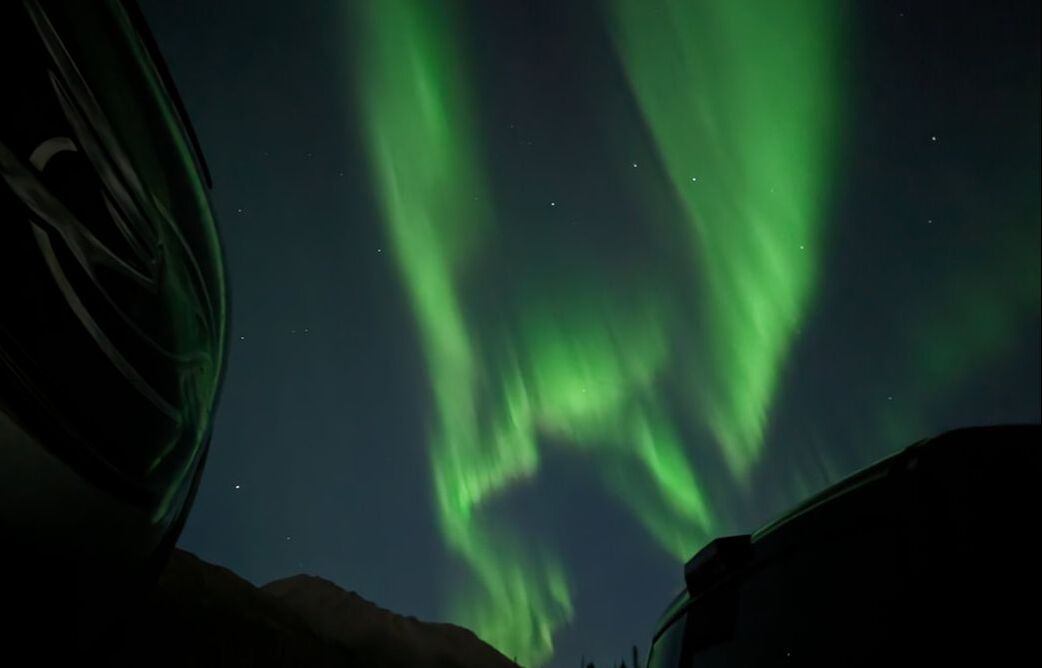
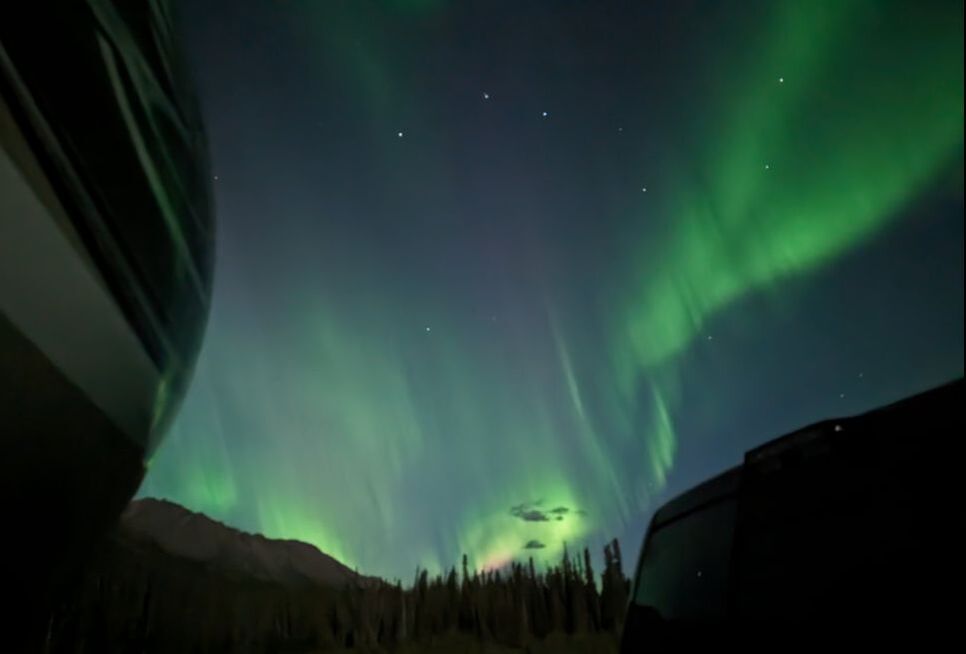
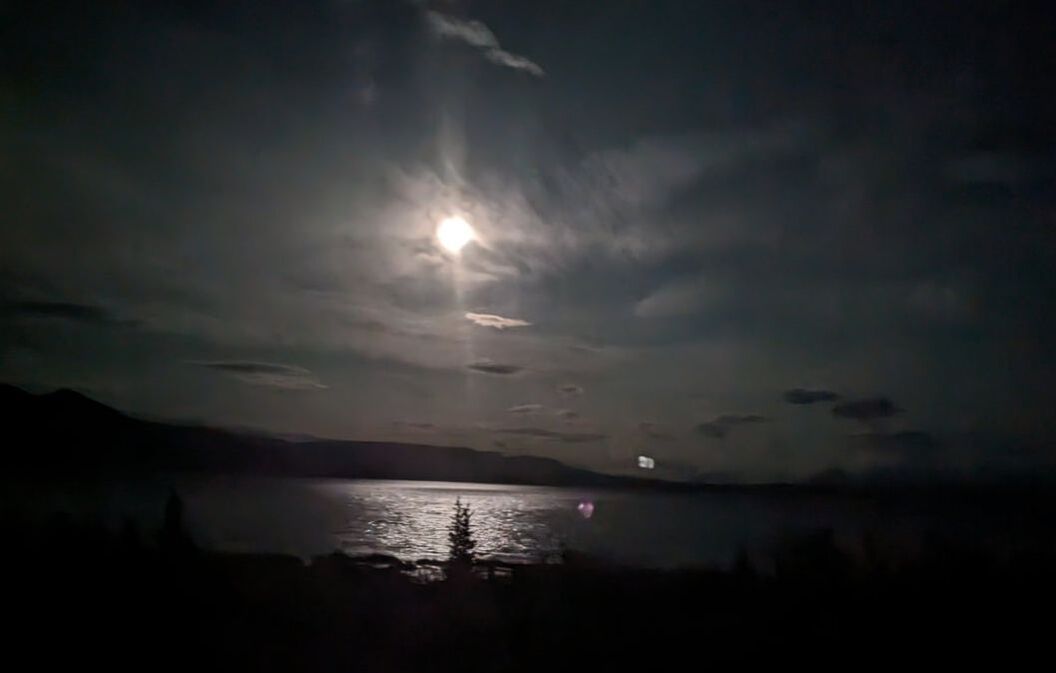
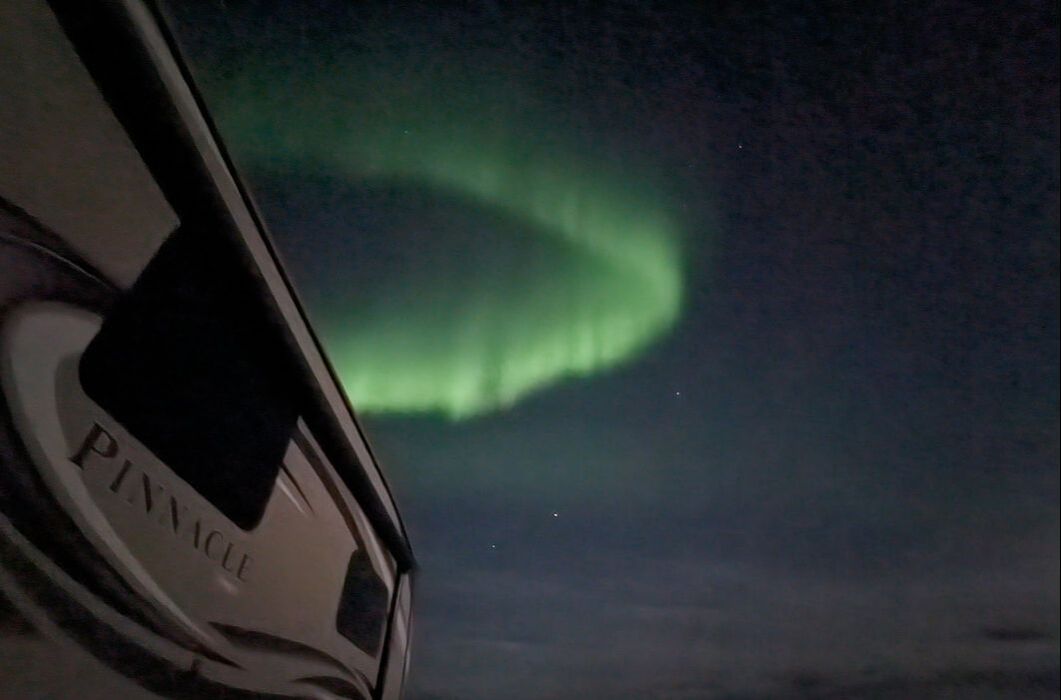
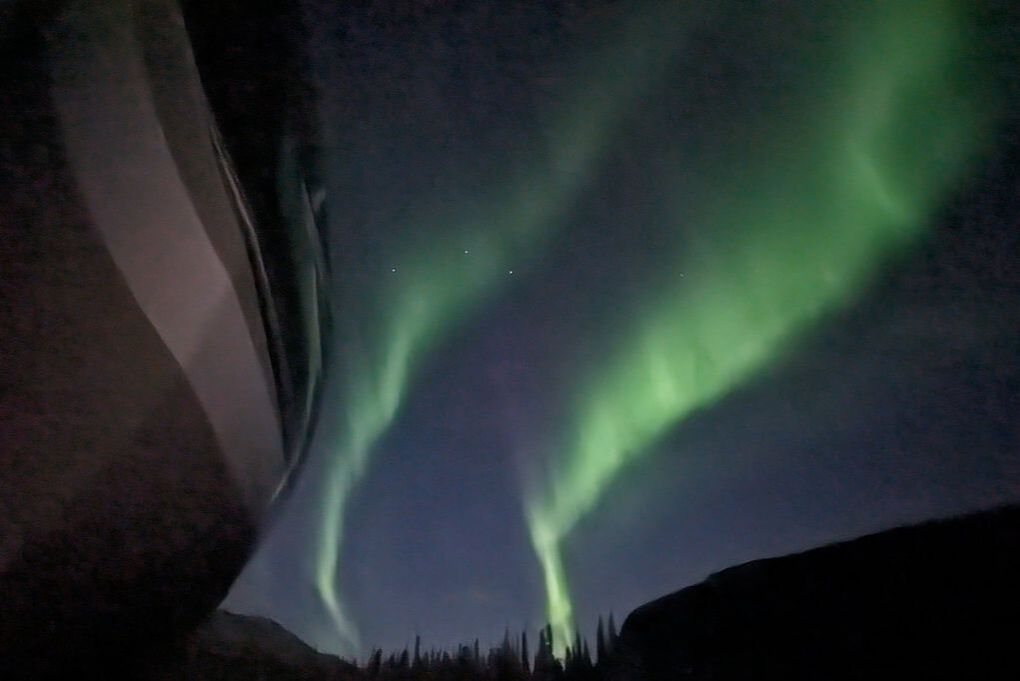
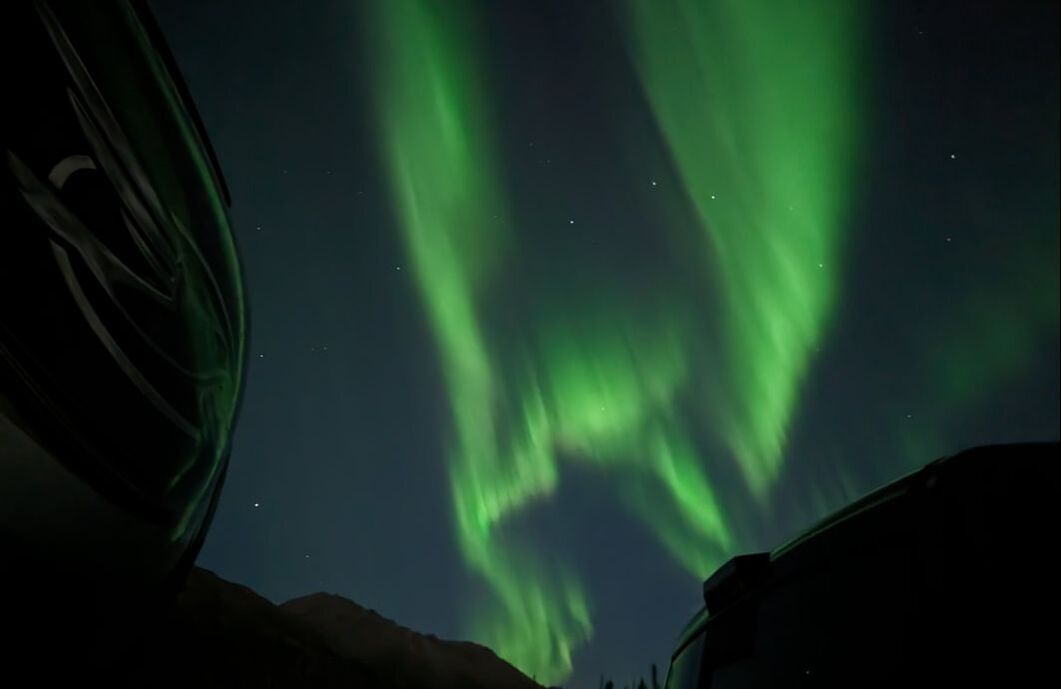
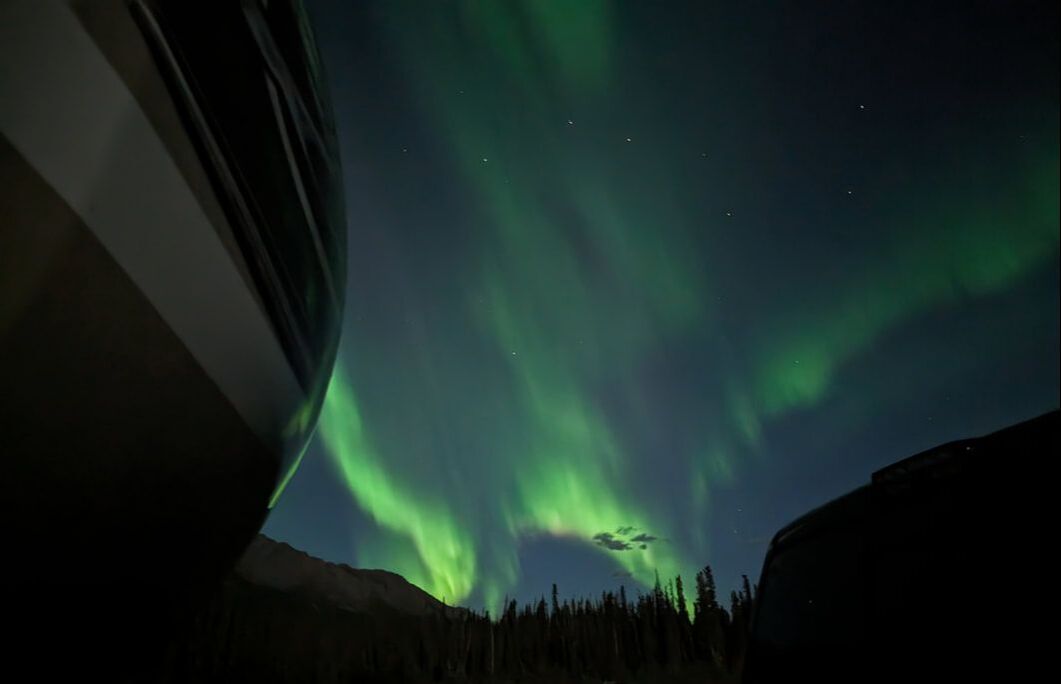
 RSS Feed
RSS Feed